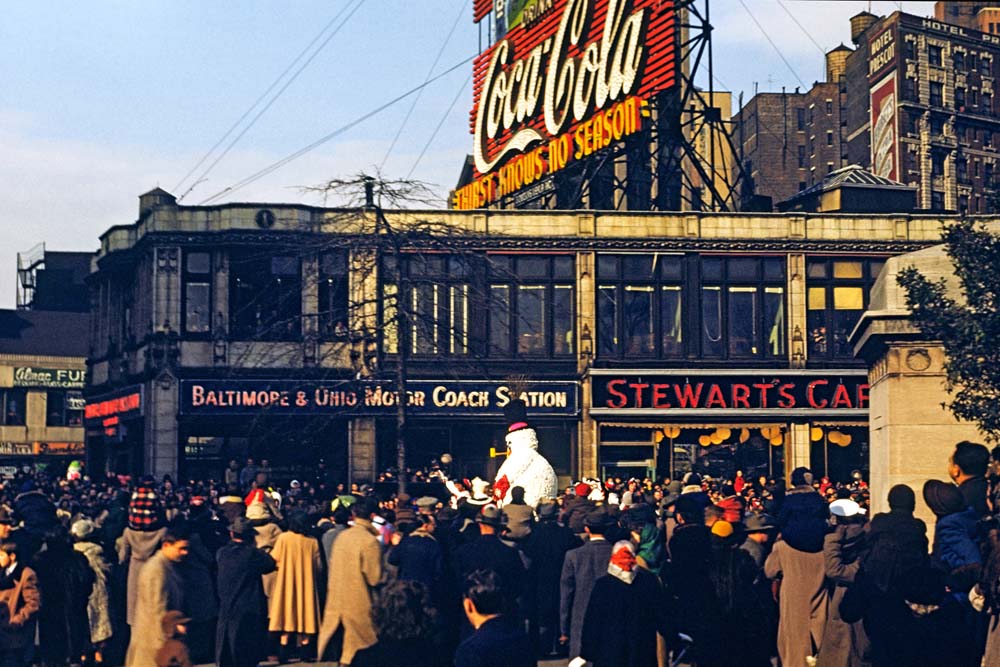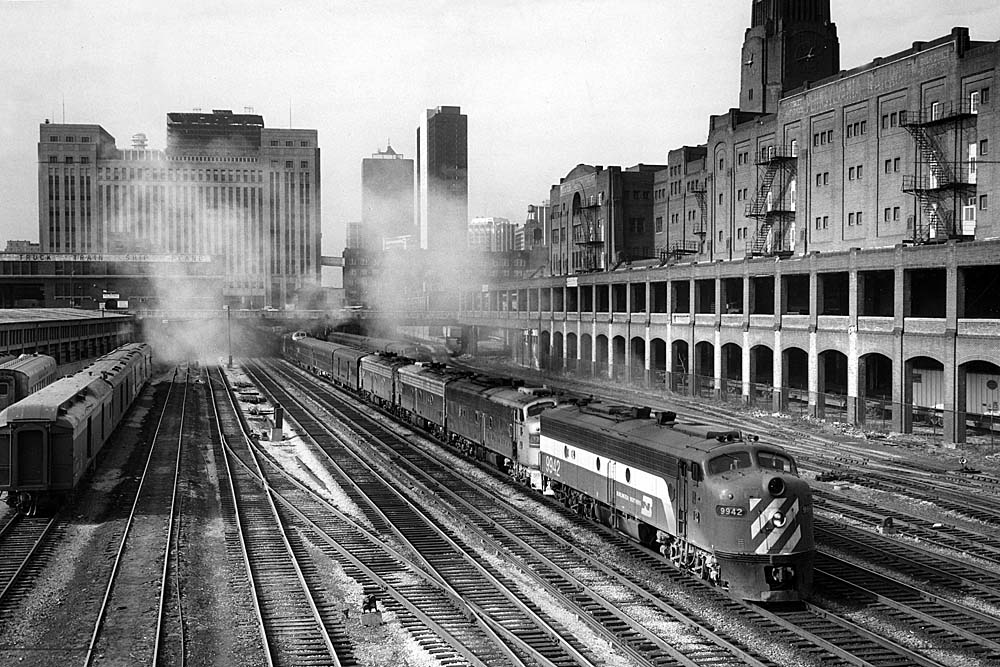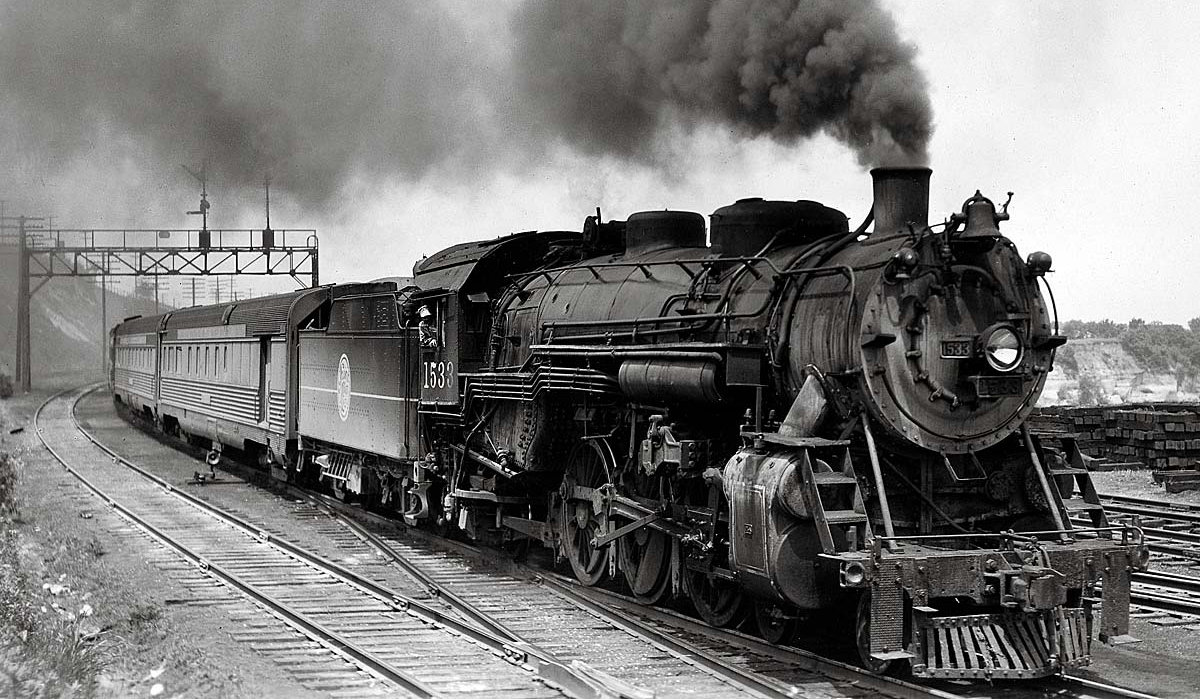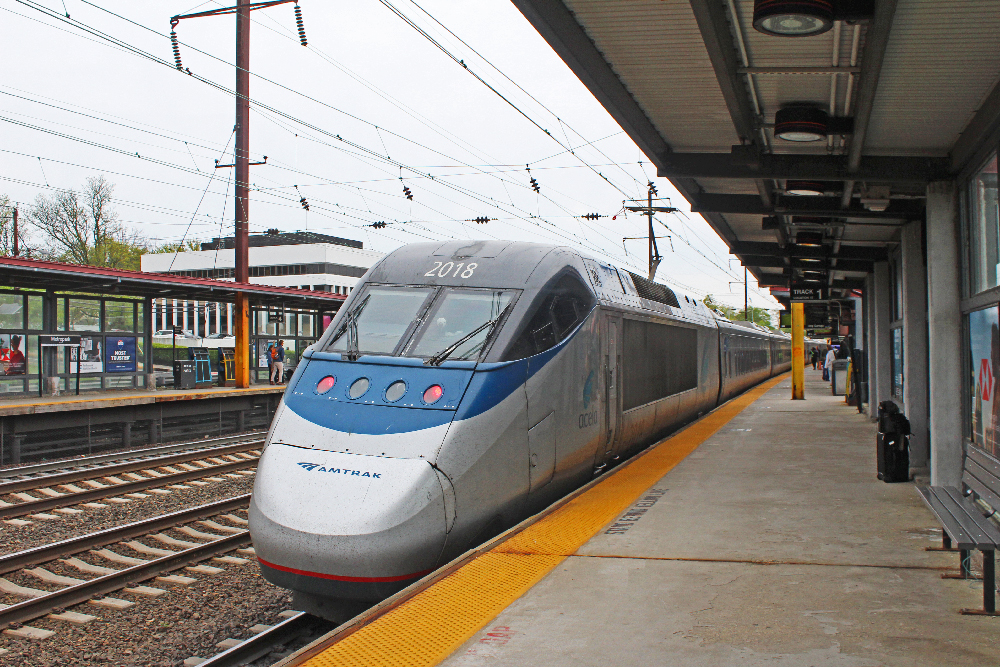
More than any other region in the United States, the Northeast arguably provides the best experiences and opportunities for intercity travel by rail. Travelers can avoid heavy traffic congestion as well as the hassle of air travel, plus Amtrak offers multiple daily frequencies between key cities in the New England and Mid-Atlantic states.
Whether you’re planning a trip or just curious what Amtrak has to offer, here is a rundown of its Northeast day-trip options. If you want to take your trip planning one step further, the Rail Passengers Association makes it easy with downloadable schedules for all routes. Up-to-date changes can be found when booking trips on Amtrak’s website, which also provides information about service disruptions.
Northeast Corridor
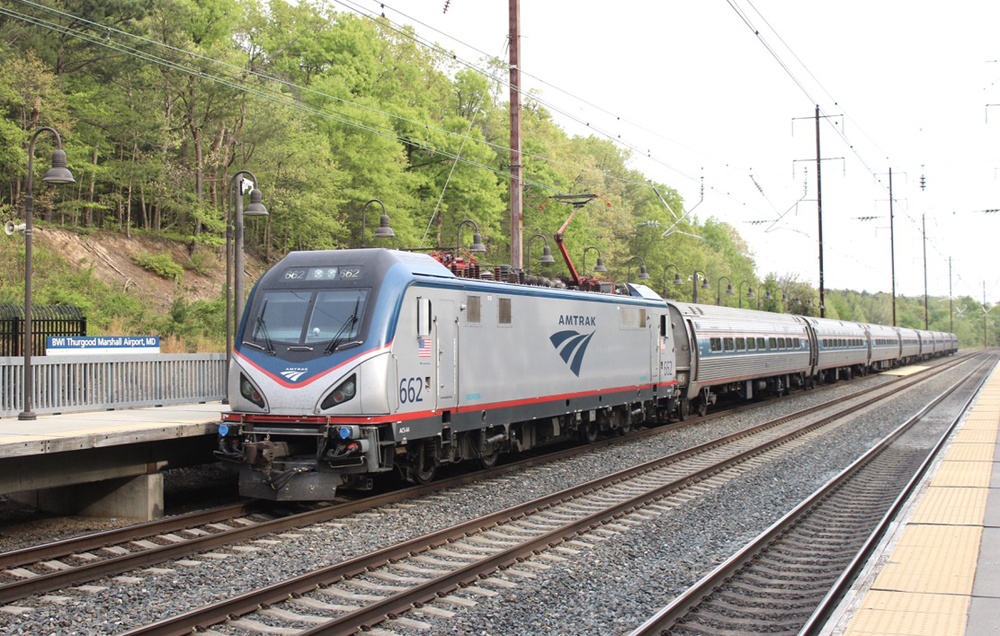
Boston – New Haven, Conn. – New York – Washington, D.C. – Roanoke/Richmond – Norfolk/Newport News – Virginia Beach, Va.: Connecting metropolitan areas in eight states, the Northeast Corridor is the most active and heavily traveled route in the Amtrak system. For those looking for day-trip opportunities between communities along the way, the Northeast Regional and high-speed Acela offer a wide range of daily departures from before dawn to after dusk. While a Boston-Washington, D.C., one-way trip takes about 7 hours on Acela or more than 8 hours on a Northeast Regional train, travelers might wish to add an extra day or two to include stopovers along the corridor.
Read more about a Northeast Regional day trip to Washington.
Notes: Apart from the Lorton, Va.-Sanford, Fla., Auto Train and the Boston-Brunswick, Maine, Downeaster corridor (more on that in a moment), selected stations and terminals along the route offer direct connections to Amtrak’s other regional and long-distance trains that serve the Northeast. The corridor also hosts up to seven short-haul commuter entities on different sections of the route.
Hartford Line
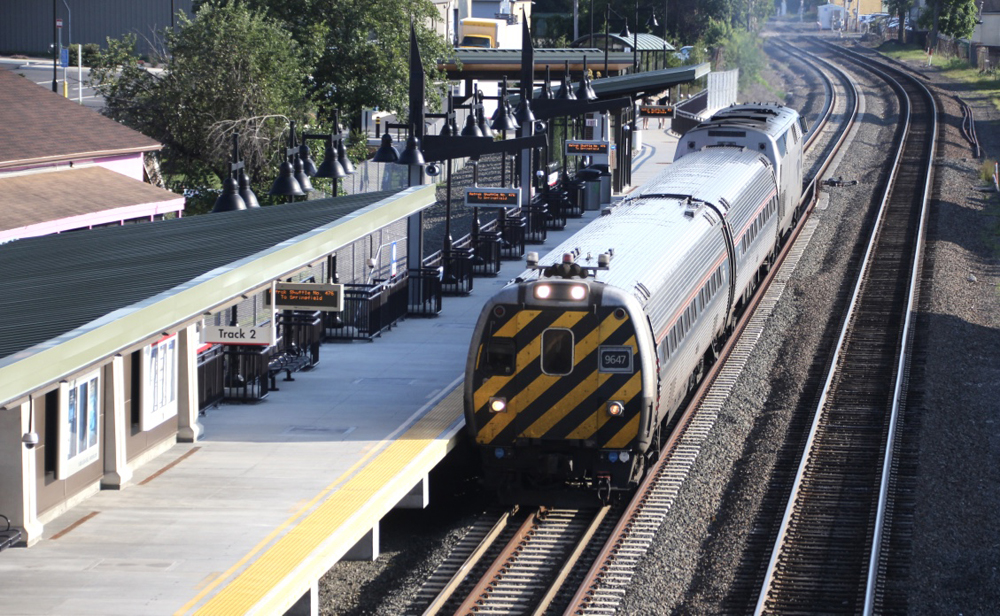
New Haven – Hartford, Conn. – Springfield, Mass.: Diverging off the Northeast Corridor in New Haven, Conn., is the 62-mile Hartford Line. A one-way trip at roughly 84 minutes, with 110-mph sections, serves to the route’s advantage. Amtrak and the CTRail commuter service jointly host 35 trains per day. Ticket prices are identical for both entities, thanks to support from the Connecticut Department of Transportation.
It’s a sweet deal, with flexibility for day trips to the New England cities along the route. However, not all trains operate all the way to Springfield, with some terminating at Hartford. The latest downloadable schedule from the Hartford Lines website shows which trains operate with CTrail equipment and which trains connect with Metro North service at New Haven, Conn., to New York City’s Grand Central Terminal.
Notes: In addition to selected Regional trains from the Northeast Corridor, the Hartford Line hosts Amtrak’s New Haven-Greenfield, Mass., Valley Flyer and Washington, D.C.-St. Albans, Vt., Vermonter (see below).
Downeaster
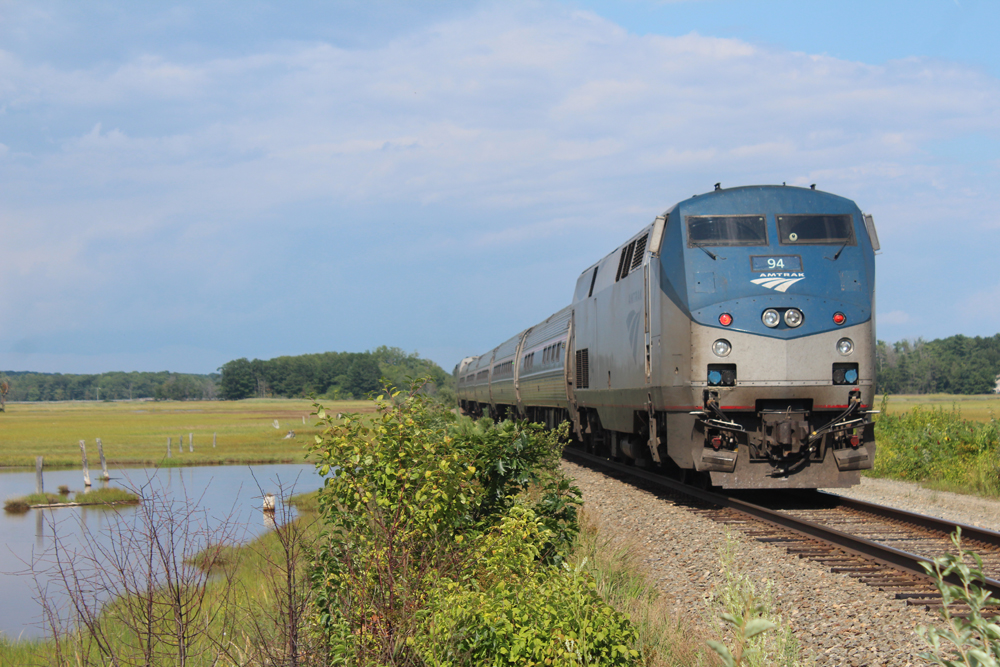
Boston – Portland – Brunswick, Maine: The 146-mile Downeaster offers five daily round trips between Boston’s North Station and Brunswick with a stop at the coastal hub of Portland along the way. A sixth northbound service runs out of Boston on selected late nights for major concerts at the TD Garden and Red Sox games at Fenway Park, adjacent to North Station. For those looking to get away from the big cities for a day, stop at one of the smaller towns filled with colonial history and New England coastal beauty such as Freeport, Saco, and Old Orchard Beach. A downloadable schedule is available here.
Notes: Though terminating in Boston, the Downeaster uses the Massachusetts Bay Transportation Authority’s North Station while Amtrak’s Northeast Corridor trains and long-distance Chicago-New York/Boston Lake Shore Limited arrive and depart at South Station and stop at Back Bay. The MBTA Orange Line connects North Station with the Back Bay stop, but a connection is required between the Orange or Green Lines and the Red Line to travel between the two terminals (see map).
Empire Service
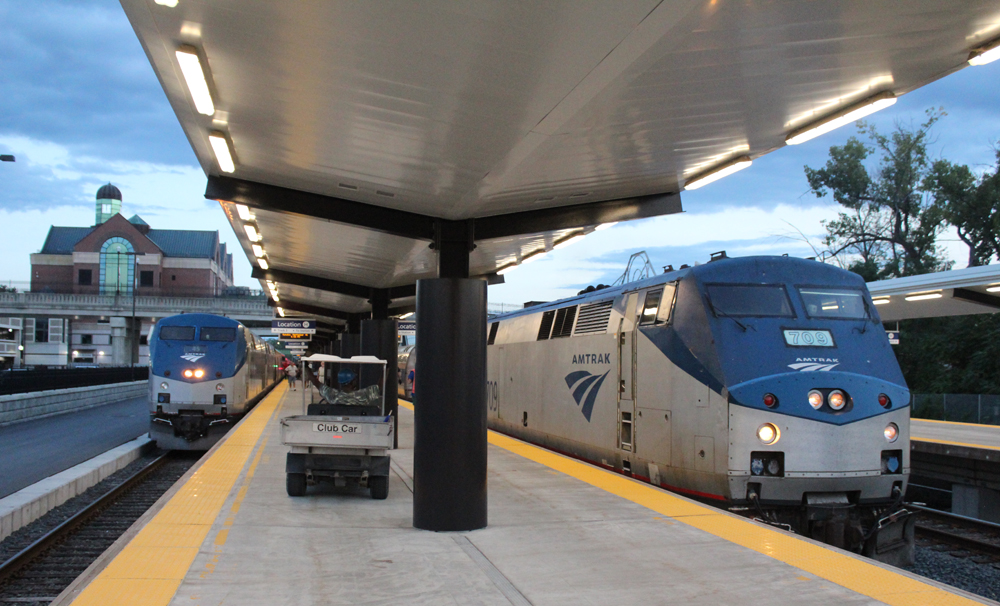
New York – Albany – Syracuse – Rochester – Buffalo – Niagara Falls, N.Y. – Toronto: Three daily round-trips connect New York City and Niagara Falls, with one – the Maple Leaf – extending to and from Toronto, Canada. Nine additional weekday round trips follow the scenic Hudson River between New York and Albany-Rensselaer. Two of these extend further north (see Vermonter, Ethan Allen Express, and Adirondack services below).
Notes: The Boston/New York-Chicago Lake Shore Limited makes many of the stops as far as Buffalo’s Depew Station (downtown Buffalo’s Exchange Street station serves Niagara Falls and Toronto-bound trains). On Fridays and Sundays during the summer, one Empire Service round trip, each day, heads east from Albany-Rensselaer along the Lake Shore’s route to Pittsfield, Mass. as the Berkshire Flyer.
Vermonter, Ethan Allen Express, and Montreal
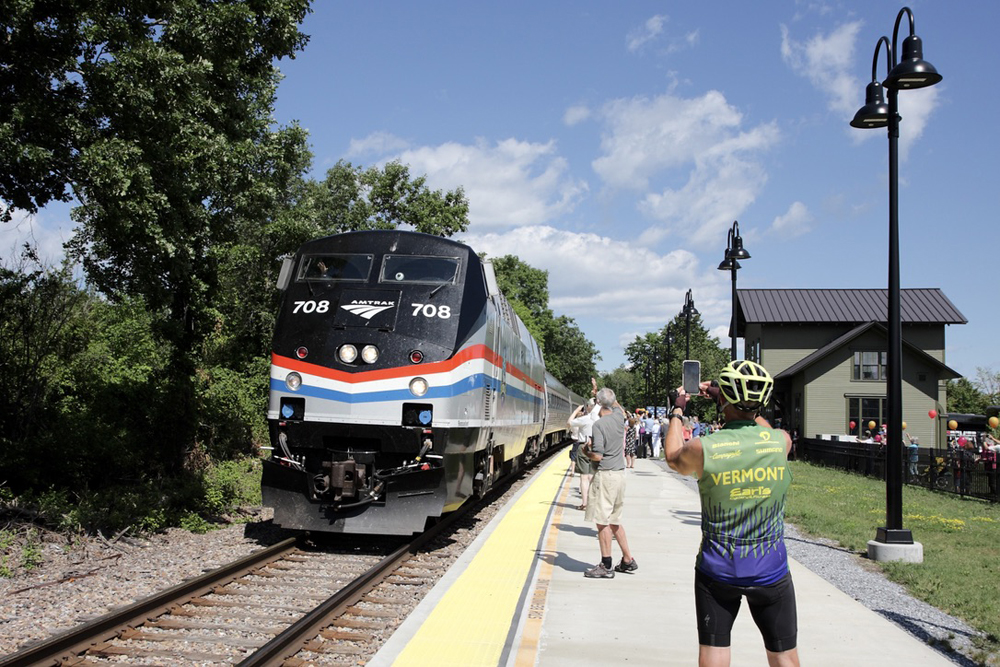
Washington, DC – New York – Albany – Rutland – Essex Junction/Burlington – St. Albans, Vt. – Montreal: Amtrak day trains serve Vermont via two routes. The Vermonter utilizes the Northeast Corridor and Hartford Line from Washington, D.C., before serving Vermont towns between Brattleboro and St. Albans, near the Canadian border. The Ethan Allen Express, originating in New York City, is an Empire Service train as far as Schenectady, N.Y., before heading north to Saratoga Springs, N.Y., and east to Rutland, Vt., before terminating at Burlington, Vt. The New York City-Montreal Adirondack normally shares the Ethan Allen’s stops to Fort Edward-Glens Falls, N.Y., then heads north while hugging the shores of Lake Champlain to Westport and Plattsburgh, N.Y., before crossing the border into Canada and terminating in Montreal.
Notes: Through early September 2024, the Adirondack does not operate north of Saratoga Springs because of track work in Canada.
Keystone Service
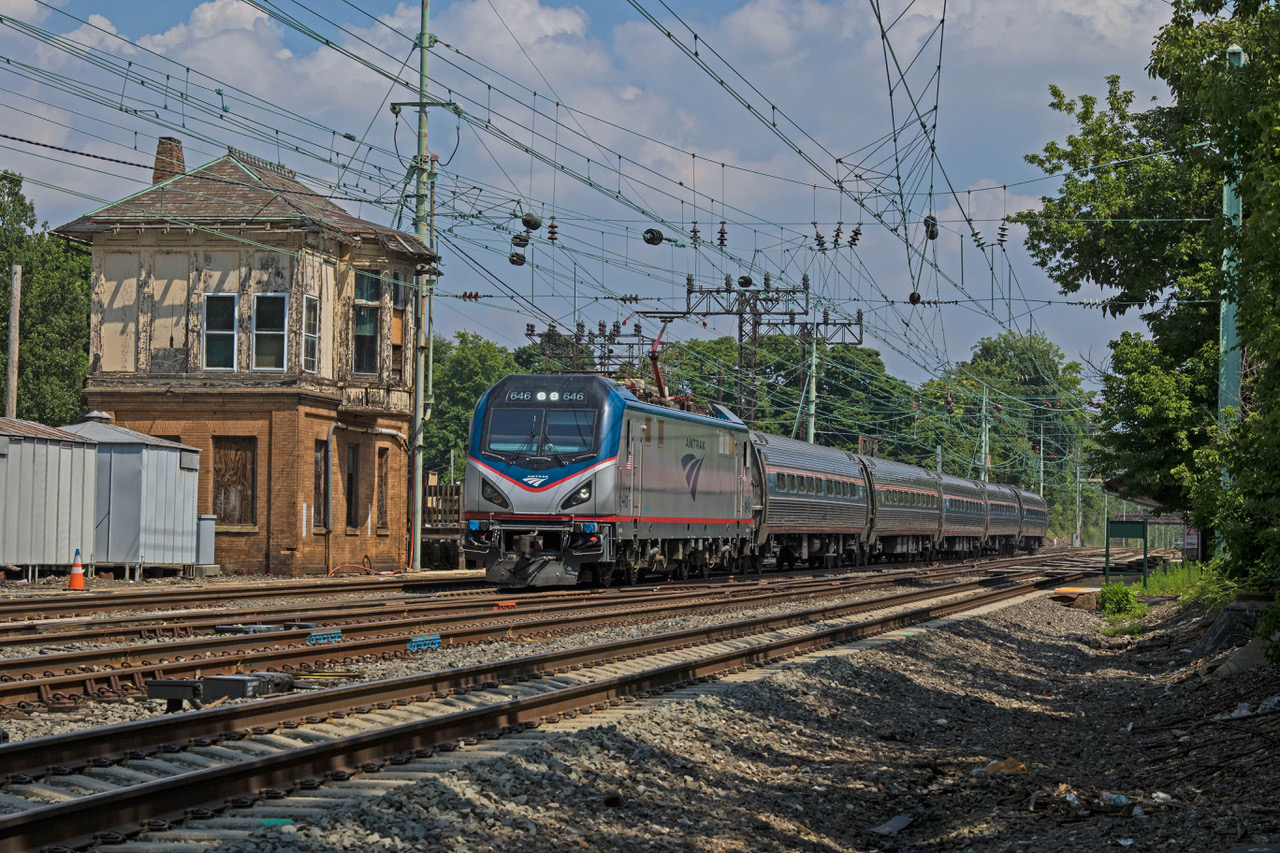
New York – Philadelphia – Harrisburg, Pa.: The former Pennsylvania Railroad main line offers a 3.5-hour jaunt at 110 mph between New York City, Philadelphia, and Harrisburg. Depending on the day of the week, the number of daily trains can fluctuate with westbounds maxing out at 15 trips between Philadelphia and Harrisburg. Either way, there’s flexibility in day trips to the Big Apple, the City of Brotherly Love, and the state capital. The Keystone schedule, however, shows some trains only operating between Philadelphia and Harrisburg.
Read more from J. Delbatis and Brian Solomon about traveling aboard Amtrak’s Keystone Service.
Notes: Amtrak’s daytime New York-Philadelphia-Pittsburgh Pennsylvanian traverses the route but makes just three intermediate stops between Philadelphia and Harrisburg, while Keystone trains make up to 10.







